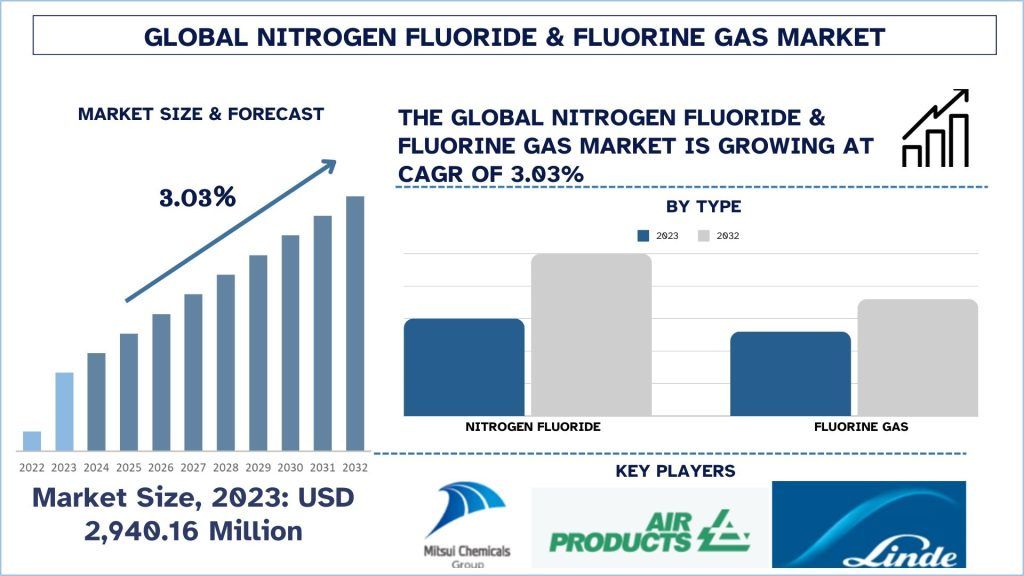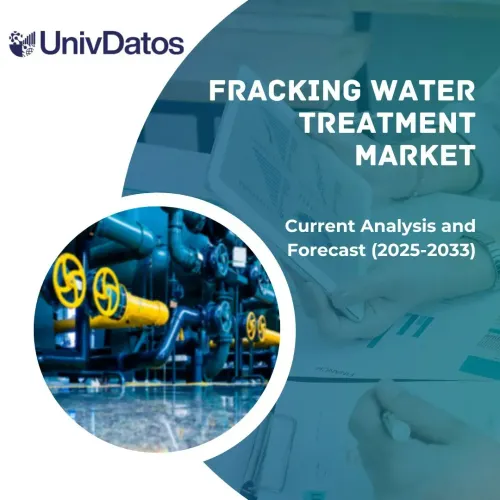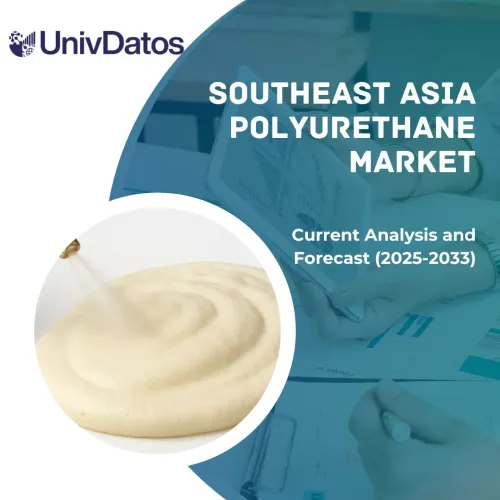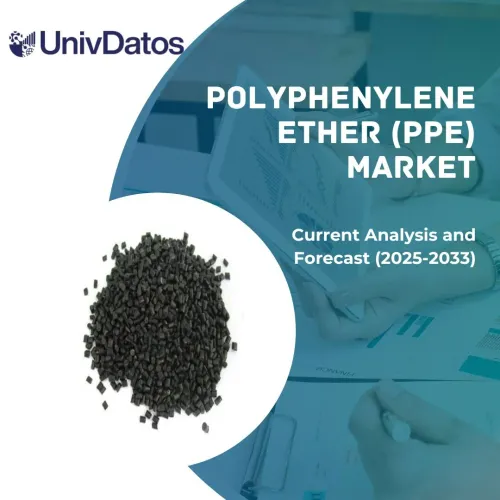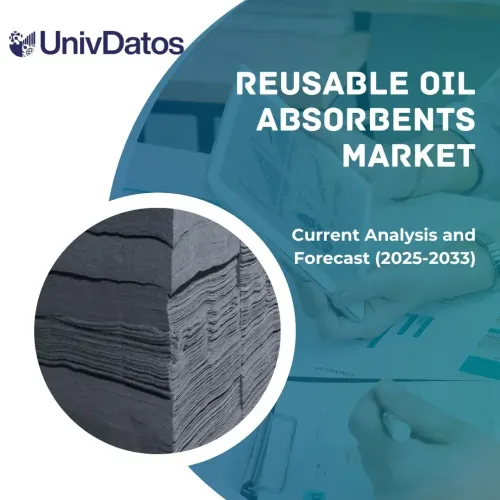- Home
- About Us
- Industry
- Services
- Reading
- Contact Us
Nitrogen Trifluoride & Fluorine Gas Market: Current Analysis and Forecast (2024-2032)
Emphasis on Type (Nitrogen Trifluoride and Fluorine Gas); Application (Electronics and Chemicals); and Region/Country
Nitrogen Trifluoride & Fluorine Gas Market Size & Forecast
The nitrogen trifluoride & fluorine gas market was valued at approximately USD 2,940.16 million in 2023 and is expected to grow at a considerable CAGR of around 3.03% during the forecast period (2024-2032) owing to the growing demand from the semiconductor industry, and the rising penetration of AI, IoT, and 5G technologies, NF₃ and F₂ are expected to play a critical role in the electronics manufacturing industry.
Nitrogen Trifluoride & Fluorine Gas Market Analysis
The market for Nitrogen Trifluoride (NF₃) and Fluorine Gas is growing fairly steadily due to the demand in the electronics industry, specifically in semiconductors, solar panels, and flat panel displays. NF₃ and fluorine gas provide high efficiency with fewer residues and the gases can be adopted in efficient manufacturing technologies. This is because major electronic companies are using NF₃ and fluorine gas to increase productivity and avail a rising demand in the market of consumer electronics.
Moreover, the strict environmental standard violated on emissions from product production process that include the use of NF₃ and fluorine gas due to their low GWP as compared to other cleaning agents. The use of NF₃ and fluorine gases was highlighted by the International Energy Agency (IEA) as being key in curtailing process emissions in semiconductor manufacturing that helped achieve a 15% reduction in CO₂ equivalent emissions in 2023.
The NF₃ market sales along with the fluorine gas is expected to grow tremendously by 2025 as more than 4,000 tons of it is used around the world in semiconductor fabrication plants. The incorporation of NF₃ and fluorine gas is also growing at a faster rate in solar PV manufacturing because of higher investments in solar capacity across the globe, especially in China and the United States. NF₃ and fluorine gas are currently being used to manufacture semiconductors and solar panels and, as their production increases, new capacity for these chemicals is likely to experience solid growth over the given forecast period.
Recent Developments in the Market:
In 2024, South Korea’s Hyosung Group is poised to sell a 100% stake in its specialty and industrial gas unit to a consortium led by IMM Private Equity Inc. and STIC Investments Inc. for an amount of USD 943.3 million. Hyosung Chemical’s specialty and industrial gas division produces 8,000 tons of nitrogen trifluoride (NF3), making it the world’s third-largest NF3 manufacturer.
In 2022, SK Materials Co. and Showa Denko K.K. announced plans to collaborate on high-purity gas production in the U.S., aiming to cater to North America’s semiconductor materials demand.
Nitrogen Trifluoride & Fluorine Gas Market Trends
AI-Driven Process Optimization
The systematic enhancement of manufacturing processes due to the incorporation of advanced Artificial Intelligence technology has become apparent in the Nitrogen Trifluoride (NF₃) and Fluorine Gas (F₂) markets, primarily in Semiconductor and Electronics manufacturing industries. AI and ML are serving to increase productivity, lower expenses and provide reliability of high-purity gaseous products, which is critically significant in the context of the semiconductor industry.
Improved Process Control: AI algorithms are being used to monitor the control and the rates of gas production processes in a more accurate way. This technology assists in controlling factors such as temperature, pressure, and even the flow of gases to reduce usage whilst increasing purity. Major companies such as Air Liquide have implemented artificial intelligence models to analyze production data in real-time, which combined with quality control, helps in enhancing production productivity and minimizing production time. For instance, in March 2024, Air Liquide started using its AI-enhanced production management system, which is designed to optimize the production process of gas including NF₃ production by reducing raw material. This AI-based system also supports real-time monitoring and predictive maintenance to prevent disruptions in the supply chain.
Predictive Maintenance: So, when AI is incorporated into these companies, they can forecast equipment failures and maintenance requirements which in turn lead to no sudden halts. It is especially important in NF₃ and F₂ production as equipment availability is critical to supporting uninterrupted supply for semiconductor etching and cleaning.
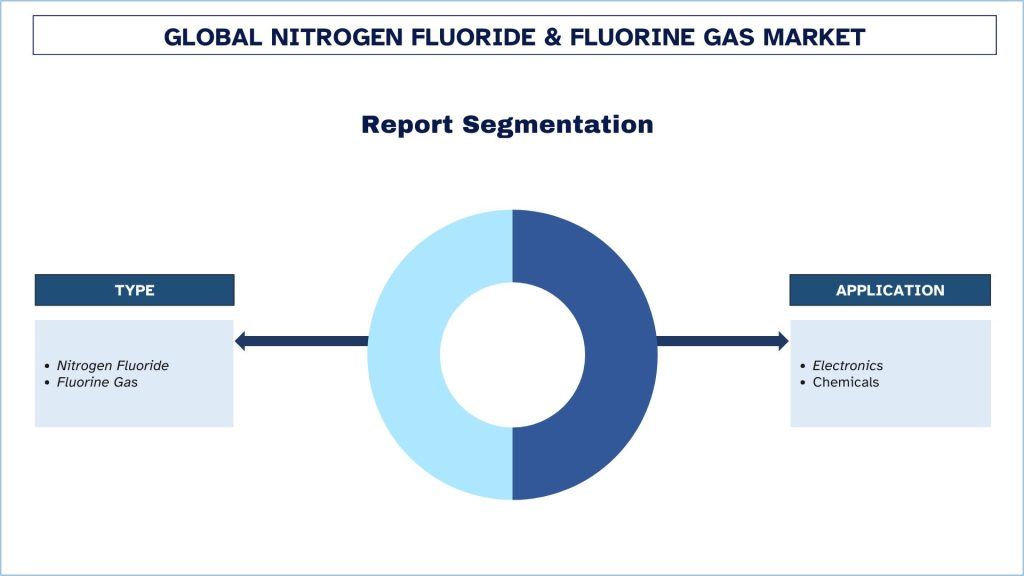
Asia Pacific is expected to dominate the market during the forecast period
Asia Pacific held the majority share of the market in the year 2023. The major factors contributing to the growth of the market include the region’s robust semiconductor manufacturing ecosystem, expansion of electronics manufacturing, supportive government initiatives, and the expansion of EVs. China is the manufacturing hub of electronics and semiconductors, and the country aims to produce 70% of semiconductor chips consumed globally by 2025. Therefore, the demand for nitrogen fluoride and fluorine gas is expected to increase in the forecast as it is essential in semiconductor manufacturing. Furthermore, countries such as South Korea and Taiwan are the home of major electronics and device manufacturing companies such as Samsung, SK Hynix, and others that have invested a hefty amount in research and development. For example, the ongoing expansion of 3nm and 2nm chip production facilities in Taiwan drives significant demand for NF3 and fluorine gases. Government initiatives led by countries such as China and India have also attracted the attention of companies to invest in the region. For instance, in 2024, The Indian government announced a USD 10 billion investment in the semiconductor and display manufacturing ecosystem. Thus, amongst areas, Asia Pacific held a significant share of the market in the year 2023.
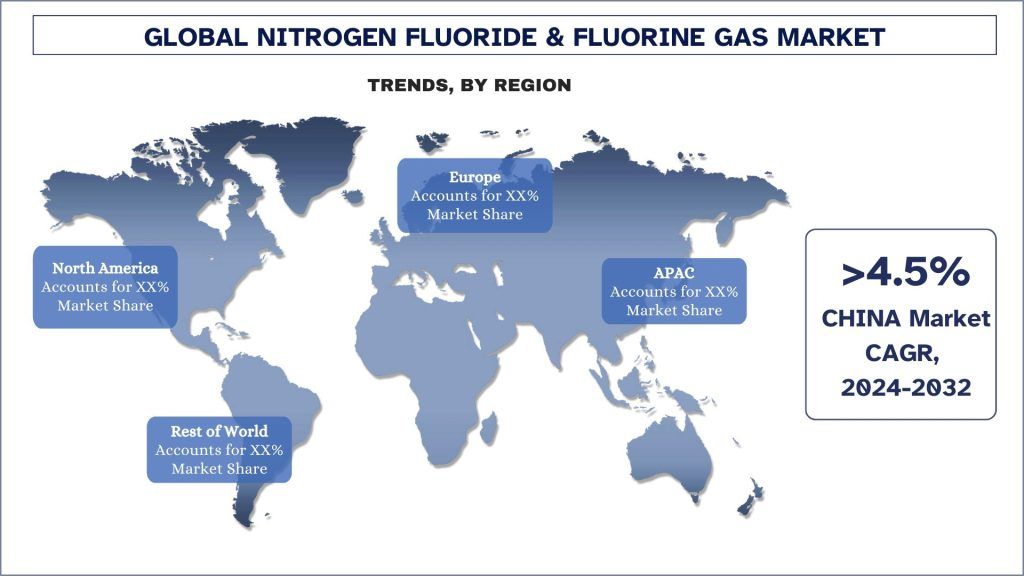
Nitrogen Trifluoride & Fluorine Gas Industry Overview
The nitrogen trifluoride & fluorine gas market is competitive, with several global and international market players. The key players are adopting different growth strategies to enhance their market presence, such as partnerships, agreements, collaborations, geographical expansions, and mergers and acquisitions. Some of the major players operating in the market are Mitsui Chemicals, Inc., Air Products and Chemicals, Inc., Linde PLC, American Gas Products, Solvay, Kanto Denka Kogyo Co., Ltd., HYOSUNG CHEMICAL, SK materials Co., Ltd., Navin Fluorine International Limited, and Taiyo Nippon Sanso Corporation.
Nitrogen Trifluoride & Fluorine Gas Market Report Coverage
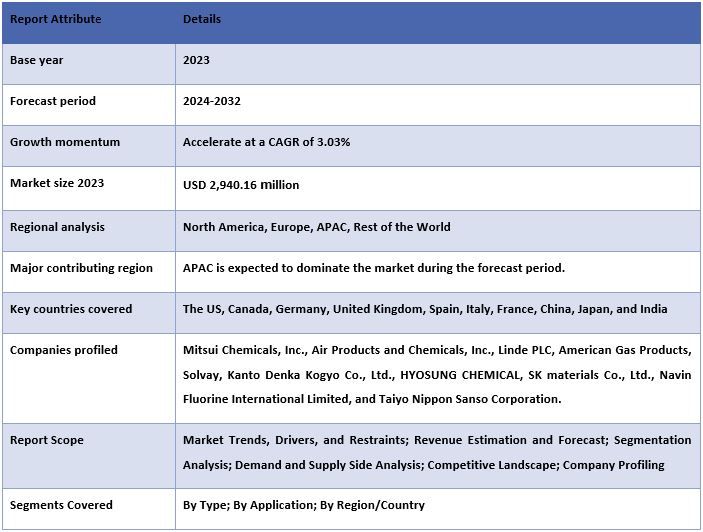
Reasons to buy this report:
- The study includes market sizing and forecasting analysis validated by authenticated key industry experts.
- The report presents a quick review of overall industry performance at one glance.
- The report covers an in-depth analysis of prominent industry peers with a primary focus on key business financials, product portfolios, expansion strategies, and recent developments.
- Detailed examination of drivers, restraints, key trends, and opportunities prevailing in the industry.
- The study comprehensively covers the market across different segments.
- Deep dive regional level analysis of the industry.
Customization Options:
The global nitrogen trifluoride & fluorine gas market can further be customized as per the requirement or any other market segment. Besides this, UMI understands that you may have your own business needs, hence feel free to contact us to get a report that completely suits your requirements.
Table of Content
Research Methodology for the Nitrogen Trifluoride & Fluorine Gas Market Analysis (2024-2032)
Analyzing the historical market, estimating the current market, and forecasting the future market of the global nitrogen trifluoride & fluorine gas market were the three major steps undertaken to create and analyze the adoption of nitrogen trifluoride & fluorine gas in major regions globally. Exhaustive secondary research was conducted to collect the historical market numbers and estimate the current market size. Secondly, to validate these insights, numerous findings and assumptions were taken into consideration. Moreover, exhaustive primary interviews were also conducted, with industry experts across the value chain of the global nitrogen trifluoride & fluorine gas market. Post assumption and validation of market numbers through primary interviews, we employed a top-down/bottom-up approach to forecasting the complete market size. Thereafter, market breakdown and data triangulation methods were adopted to estimate and analyze the market size of segments and sub-segments of the industry pertains to. Detailed methodology is explained below:
Analysis of Historical Market Size
Step 1: In-Depth Study of Secondary Sources:
A detailed secondary study was conducted to obtain the historical market size of the nitrogen trifluoride & fluorine gas market through company internal sources such as annual reports & financial statements, performance presentations, press releases, etc., and external sources including journals, news & articles, government publications, competitor publications, sector reports, third-party database, and other credible publications.
Step 2: Market Segmentation:
After obtaining the historical market size of the nitrogen trifluoride & fluorine gas market, we conducted a detailed secondary analysis to gather historical market insights and share for different segments & sub-segments for major regions. Major segments are included in the report, such as type, application, and region. Further country-level analyses were conducted to evaluate the overall adoption of testing models in that region.
Step 3: Factor Analysis:
After acquiring the historical market size of different segments and sub-segments, we conducted a detailed factor analysis to estimate the current market size of the nitrogen trifluoride & fluorine gas market. Further, we conducted factor analysis using dependent and independent variables such as type, application, and regions of the nitrogen trifluoride & fluorine gas market. A thorough analysis was conducted of demand and supply-side scenarios considering top partnerships, mergers and acquisitions, business expansion, and product launches in the nitrogen trifluoride & fluorine gas market sector across the globe.
Current Market Size Estimate & Forecast
Current Market Sizing: Based on actionable insights from the above 3 steps, we arrived at the current market size, key players in the global nitrogen trifluoride & fluorine gas market, and market shares of the segments. All the required percentage shares split and market breakdowns were determined using the above-mentioned secondary approach and were verified through primary interviews.
Estimation & Forecasting: For market estimation and forecast, weights were assigned to different factors including drivers & trends, restraints, and opportunities available for the stakeholders. After analyzing these factors, relevant forecasting techniques i.e., the top-down/bottom-up approach were applied to arrive at the market forecast for 2032 for different segments and sub-segments across the major markets globally. The research methodology adopted to estimate the market size encompasses:
- The industry’s market size, in terms of revenue (USD) and the adoption rate of the nitrogen trifluoride & fluorine gas market across the major markets domestically.
- All percentage shares, splits, and breakdowns of market segments and sub-segments.
- Key players in the global nitrogen trifluoride & fluorine gas market in terms of products offered. Also, the growth strategies adopted by these players to compete in the fast-growing market.
Market Size and Share Validation
Primary Research: In-depth interviews were conducted with the Key Opinion Leaders (KOLs) including Top Level Executives (CXO/VPs, Sales Head, Marketing Head, Operational Head, Regional Head, Country Head, etc.) across major regions. Primary research findings were then summarized, and statistical analysis was performed to prove the stated hypothesis. Inputs from primary research were consolidated with secondary findings, hence turning information into actionable insights.
Split of Primary Participants in Different Regions
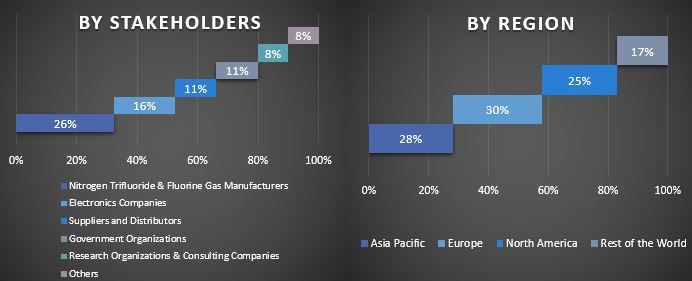
Market Engineering
The data triangulation technique was employed to complete the overall market estimation and to arrive at precise statistical numbers for each segment and sub-segment of the global nitrogen trifluoride & fluorine gas market. Data was split into several segments and sub-segments after studying various parameters and trends in the areas of type, application, and regions in the global nitrogen trifluoride & fluorine gas market.
The main objective of the Global Nitrogen Trifluoride & Fluorine Gas Market Study
The current & future market trends of the global nitrogen trifluoride & fluorine gas market were pinpointed in the study. Investors can gain strategic insights to base their discretion for investments on the qualitative and quantitative analysis performed in the study. Current and future market trends determined the overall attractiveness of the market at a regional level, providing a platform for the industrial participant to exploit the untapped market to benefit from a first-mover advantage. Other quantitative goals of the studies include:
- Analyze the current and forecast market size of the nitrogen trifluoride & fluorine gas market in terms of value (USD). Also, analyze the current and forecast market size of different segments and sub-segments.
- Segments in the study include areas of the type, application, and regions.
- Define and analyze the regulatory framework for the nitrogen trifluoride & fluorine gas
- Analyze the value chain involved with the presence of various intermediaries, along with analyzing customer and competitor behaviors of the industry.
- Analyze the current and forecast market size of the nitrogen trifluoride & fluorine gas market for the major region.
- Major countries of regions studied in the report include Asia Pacific, Europe, North America, and the Rest of the World
- Company profiles of the nitrogen trifluoride & fluorine gas market and the growth strategies adopted by the market players to sustain in the fast-growing market.
- Deep dive regional level analysis of the industry.
Frequently Asked Questions FAQs
Q1: What is the nitrogen trifluoride & fluorine gas market's current market size and growth potential?
Q2: What are the driving factors for the growth of the nitrogen trifluoride & fluorine gas market?
Q3: Which segment has the largest share of the nitrogen trifluoride & fluorine gas market by application?
Q4: What are the emerging technologies and trends in the nitrogen trifluoride & fluorine gas market?
Q5: Which region will dominate the nitrogen trifluoride & fluorine gas market?
Related Reports
Customers who bought this item also bought

